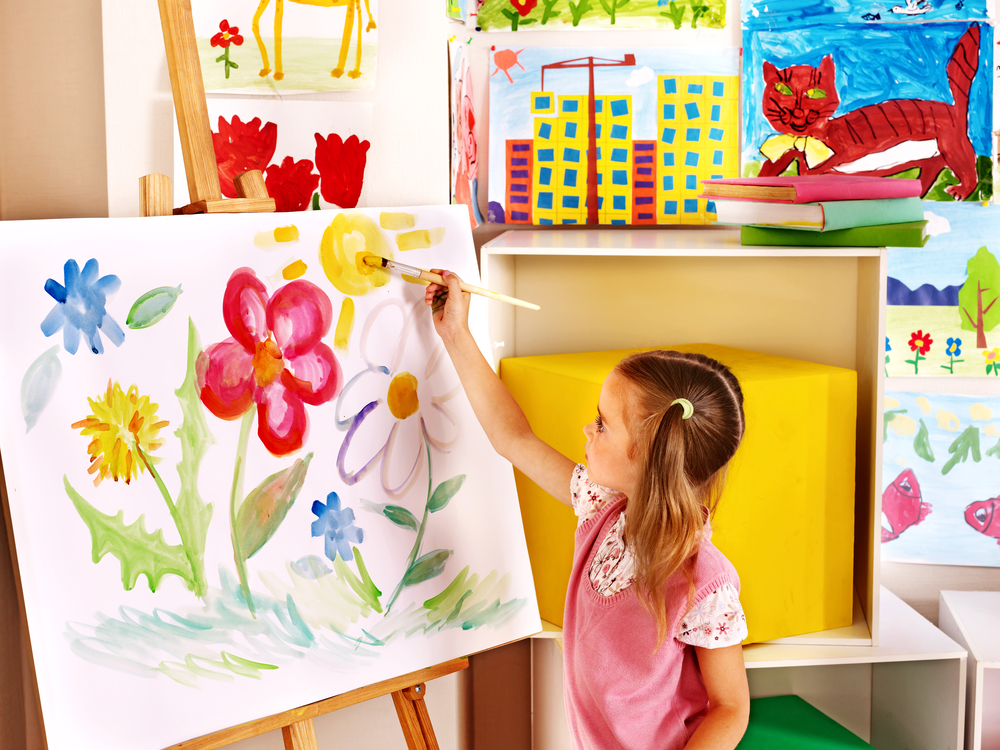Value of developmental toys
90% of the brain is developed by age 5, which begs the question: what can I do with my baby to make the most of this important time? We know from research that there are predictable developmental windows that are opening throughout this time. If you take a stage-based approach to play, you can tap into exactly what your child is already hungry to learn and make the most of these windows.
Babies and toddlers are naturally driven to understand the world around them. But just as there are empty calories for a child’s body, there are empty calories for a child’s brain. Battery-powered toys featuring lights and action at the touch of a button can be engaging at first, but when the toy does all the work, your child misses out on key learnings like the meaningful connection between an action and its natural consequence. Let’s say a baby presses a button on a toy and a purple cow pops out, lights flash, and music plays. The baby’s brain builds a network of neural associations around that sequence, but the sequence is not useful to the child’s long-term development. It’s neither open-ended nor reflective of how the world really works.

Choosing playthings that foster child development
Play, widely defined, is really about a child’s exploration of the world around them and how they interact with it. It can be helpful to think less about what toys may not be contributing to development and more about what items create a meaningful experience and connection for your little one.
Choosing playthings that are Montessori-inspired or open-ended can promote creative play and teach cause and effect in a way that other toys cannot. They are simple and distraction-free, support cognitive milestones, encourage speech development, build fine and gross motor skills, focus on a single skill, and highlight the real world through natural materials, realistic design and imagery.
Parents are often surprised to learn that there are many ways to encourage or even pre-wire the brain during the infant and toddler years to learn complex concepts later on like math, reading, and even social-emotional learning. By taking a stage-based approach you can give a child what they are already hungry to learn, and make the most of these developmental windows.
When you look for new toys for your child ask the following questions:
- What skills do I see my child working on during free exploration? Pulling to stand? Containerizing? Pretend play? Offering materials and playthings of interest can inspire your child to work on these skills and engage them to further explore.
- What can I give my child from their natural environment and home to foster learning?
- How do I find playthings that have longevity? That can grow with my child as they grow and can be used in multiple ways.
- What is my comfort level with mess? I’ve heard messy play is really important what kind of materials can I curate to create safe, messy play for my child?
- Is the toy entertaining my child? Or is my child learning to manipulate and change the toy? How do I find playthings that my child needs to use skills like problem-solving, language, and fine motor skills to engage with?
Lovevery Director of Child Development, Gabrielle Felman MS.Ed, LCSW, shares insights on the benefits of developmental toys and how to choose the right ones for your child. Lovevery Play Kits are backed by research and inspired by Montessori providing play that engages a child’s natural interests, builds real-life skills, and connects your child to the world around them.









